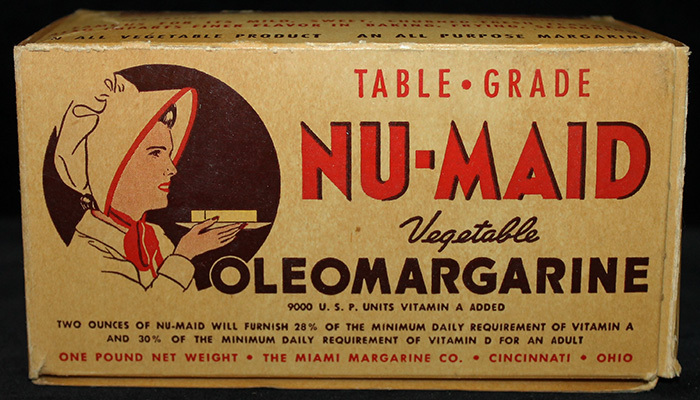My dear lemmings,
I discovered Clonezilla a while ago and it still is my main tool to backup and restore the partitions I care about on my computers.
I cannot help but wonder if there are now better, more efficient alternatives or is it still a solid choice? There’s nothing wrong with it, I’m just curious about others’ practices and habits — and if there was newer tools or solutions available.
Thank you for your feedback, and keep your drives safe!
Generally I just don’t take clones of disk partitions anymore. They tend to take up too much disk space to keep more than one or two backups and typically require the disk to be unmounted which means it’s a mostly manual process. That all but guarantees that any backup I take will be out of date when I need it most.
Instead I’ve found it better to take regular automated file level backups and automate the way I configure my environment so that I can quickly restore and rebuild if something goes wrong.
If I just want to be able to quickly revert a drive to a previous state or have easy point-in-time restore I manage the disk with ZFS. ZFS has a snapshotting feature which is great for this sort of thing and you can even restore snapshots to another zfs pool the same way you might restore a partition to another disk but without all the hassle of resizing things.
I use clonezilla at work for imaging and deploying laptops. It works like a charm. Great piece of software. It’s not normal backup software though.
It’s difficult to use with some odd defaults as I remember, and you have to boot into it which is annoying.
Rescuezilla seems like a good open source option, but you do still have to boot into it.
My go-to is the free Veeam Endpoint, as it just installs on the system and does full system images without needing to reboot. I’m not sure if there is a good easy to use open source equivalent to it, so far I have not found one.
Is the “restore media” universal or do you have to create a new USB drive for each computer you want to restore?
It’s universal unless you need to bake in specific drivers from a machine.
I never really had a need for the features provided by Clonezilla. I’ve always just used dd since it’s available on any Linux live disk. Unless I’m making an image for data recovery, I zero the free space and pipe the dd output through gzip to avoid wasting space.
The main thing about Clonezilla is that you can always rely on it working, no matter the system. The bad thing is that proprietary solutions have a lot more creature comforts.
Used it for cloning some laptops recently without much issue. Cloned one laptop’s primary partition onto an SD card and then imaged the others no problem. Laptops were 256GBs capacity (but only like 30-60 GBs used) and the SD card was 64 GBs. Seemed pretty simple to me.
There’s a lot of options for those who want to do things like deploy over a network, but I haven’t messed with them seriously (I didn’t have the ethernet cables to do it - wasted a bit of time trying before realizing they weren’t connect to a network; maybe there’s a way to connect via wifi, but I didn’t see it)
Clonezilla has its place, but not as a main backup and restoration tool. I personally don’t see it as a backup tool, especially that it operates at partition level for such. What you want is you base install system and file level backups for your data (/home/) etc. For the file level backups, use something like restic. Backup what you need to go from a fresh install to a system with your data back on it. Packages can be reinstalled.
Restic is my primary backup for all my devices. If I need something more than fresh iso -> my data system, I use packer.
I noticed for file level backups you mentioned something other than rsync. Any particular reason why you landed on restic instead?
The fact that Linux lacks a decent system-level backup tool with a GUI is kind of a mind boggler for me. The best one I’ve found which gets close to this is timeshift. File-level backups can’t restore your whole system state and users shouldn’t be expected to remember or manually export their package lists and god knows what else. I have subsisted on file-only backups but it’s really not great as a solution. Disks fail, and when they do, you inevitably have to reinstall the entire OS. It’s a mess. RAID1 could theoretically prevent this, but no distro makes it easy to boot from a RAID1 setup.
Backing up the entire filesystem is not a technically complex thing, there are plenty of command-line tools to do this and some filesystems even support this concept via snapshots etc. But this has yet to be put into a useful practice for end users.
There is btrfs-assistant, for example.
Others have mentioned rsync and I’d like to suggest on top of
rdiff-backupbut it’s indeed for files, not partitions or disks. That being said IMHO if you are not managing data-centers and thus swapping entire physical disks by the bucket, you probably don’t want to actually care for disks themselves.If you genuinely have to frequently change not just data but entire systems, maybe looking at nix or cloud-init could help.
Also interested in this. Currently in need of an imaging solution that’s less clunky to use than Clonezilla.
MDT works well for Windows environments. Otherwise dd or Clonezilla for Linux.
I have never gotten Clonezilla to work. I don’t want to call it obsolete, but… it certainly isn’t intuitive, and in 2024 I expect even open source software as widely known as Clonezilla to have a straightforward interface.
For simple data backups, I use Kopia.
EDIT: Apparently there’s a GUI for Clonezilla called Rescuezilla. I’ll have to give it a try sometime.
Somewhat curious how CZ has never worked for you. I’ve used it for years and any failures it has had were fixed with tweaking some of the options. I love the tool myself, but I have also never heard of Rescuezilla so thanks for that. I think I’ll give that a go next time.
It’s been a while since I tried it, so I don’t recall exactly what didn’t work the last time. I think it may have been driver related.
I’m definitely going to give it another go one of these days.
I’d recommend just scripting with rsync commands and run with cron or whatever scheduling automation. Backup locally to an external drive or orchestrate with cloud provider cli tools for something like S3.
There are some tools that probably assist with this, but it’s just very few moving parts to roll your own. Clonezilla seems overkill and harder to automate, but I will admit I’m not an expert with it.
deleted by creator
Just use disk destroyer.
Yes, works great! Used it to clone some windows users stuff, he thought having a dozen partitions makes sense, still no problem at all. Copied everything from HDD to bigger SSD, just worked.
You download the ISO, flash it to a usb stick (we used rufus, but dd, impression (udisks2 frontent in gtk&rust) or balena etcher should also work). The TUI is usable, has some options but the defaults seem good.












